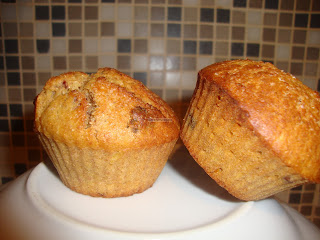Dal Fry
Most Indian restaurants in Inverness are not really Indian so it is not all that easy to find genuine Indian food. Being vegetarians, our options are limited and I usually go for sag aloo or bhindi bhaji and dal. Although the menu would say tadka dal, it would not usually have the traditional tadka. However, I must say that it tastes quite nice and different from the usual dal recipe. If you are a vegetarian or even a non-vegetarian conscious of calories, then you would appreciate the need to have lentils and pulses in our everyday diet. Adding them to sambar and rasam is a good option however, it is probably not for everyone. Knowing a number of different dal dishes I think would come in handy and you could be surprised by how many different flavours you could impart to these otherwise bland ingredient. This recipe was my attempt to re-create the restaurant dal and my husband’s feedback (he is the one who likes their dal more than me) was that I had outdone them. My honest opinion is also the same. In my earlier attempt to reproduce the dish, I was not very successful as I used garlic powder. Over time, I think my cooking skills are maturing so after recently tasting the dal, I figured it must be garlic paste that imparts that flavour. Bingo! I added wee bit of coriander powder and amchur powder (dry mango powder) as the latter imparts some sour flavour. This is optional though. It is a very simple dish best served with freshly steamed rice and sabji or chapattis.
1-2 teaspoons garlic paste (depending on how garlicky you like)
½ teaspoon chopped ginger
½ cup tuvar dal (pigeon peas)
¼ cup mung dal
3 green chillies
2 tablespoon finely chopped coriander leaves
½ teaspoon coriander powder
¼ teaspoon amchur powder (dry mango powder)
Turmeric powder
Cooking oil
1 teaspoon ghee
1 small onion, sliced
Cook the dals together with turmeric powder ensuring the dal is mushy. I also ran my hand blender so it was well mashed but this purely depends on your preference
Heat little oil and add the onions and brown. You could add a couple of pinches of sugar so it helps caramelise and brown. Keep aside
Add bit more oil and ghee and once hot, add the garlic paste (mine was rather coarse paste), ginger, green chillies and fry well until browned and ensure raw smell goes
Add dal, required water, salt, chopped coriander, coriander powder, amchur and simmer for about 10 minutes stirring often and adding water as needed
Garnish with browned onions and serve hot

















































